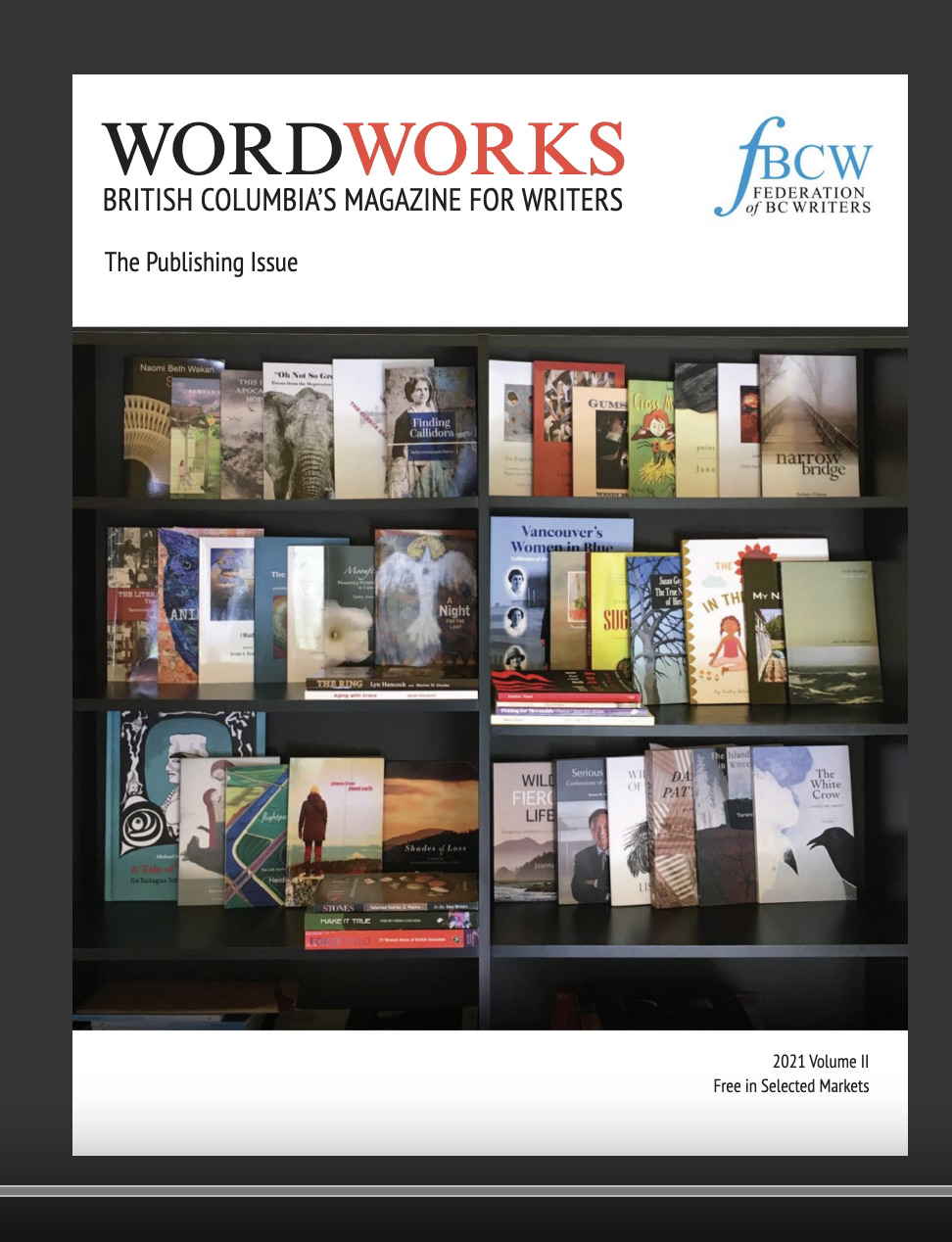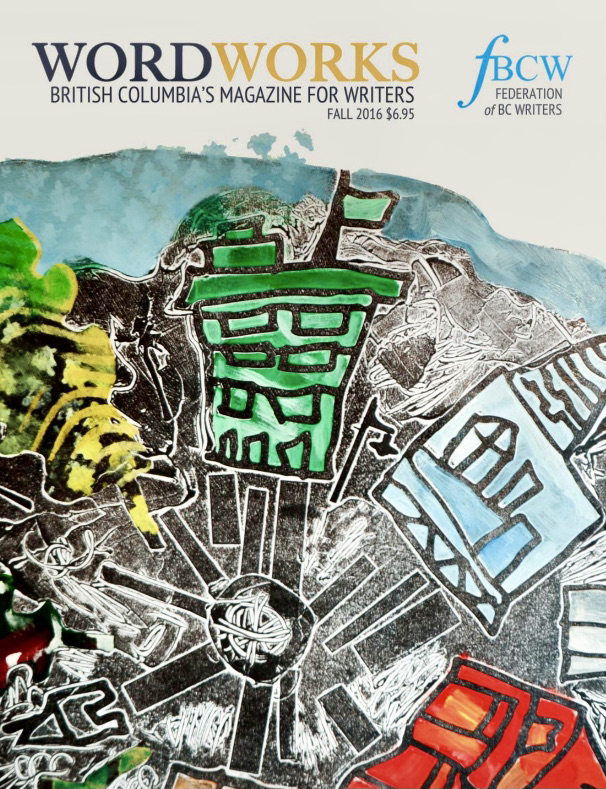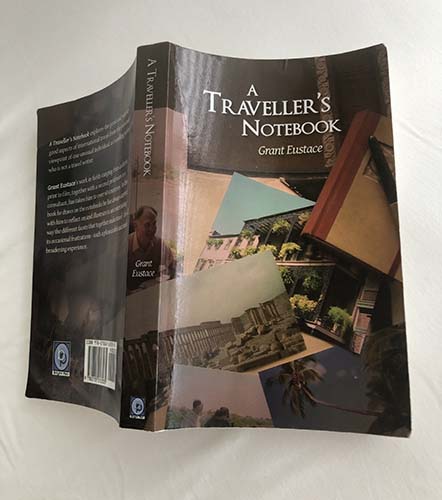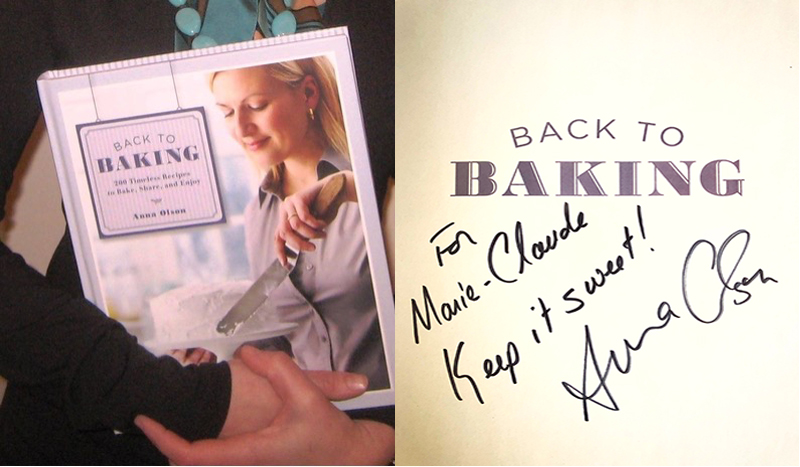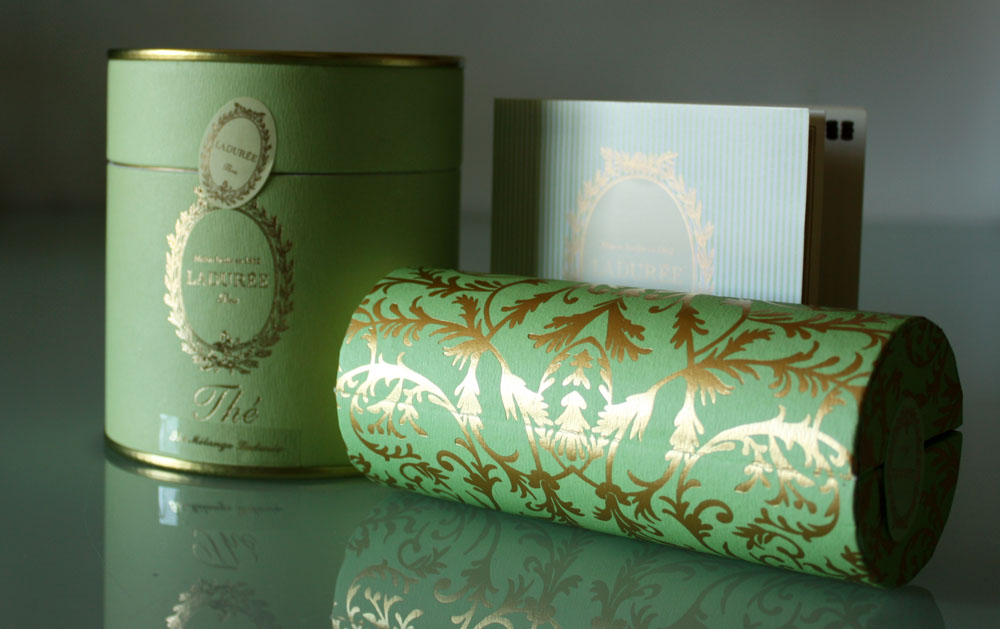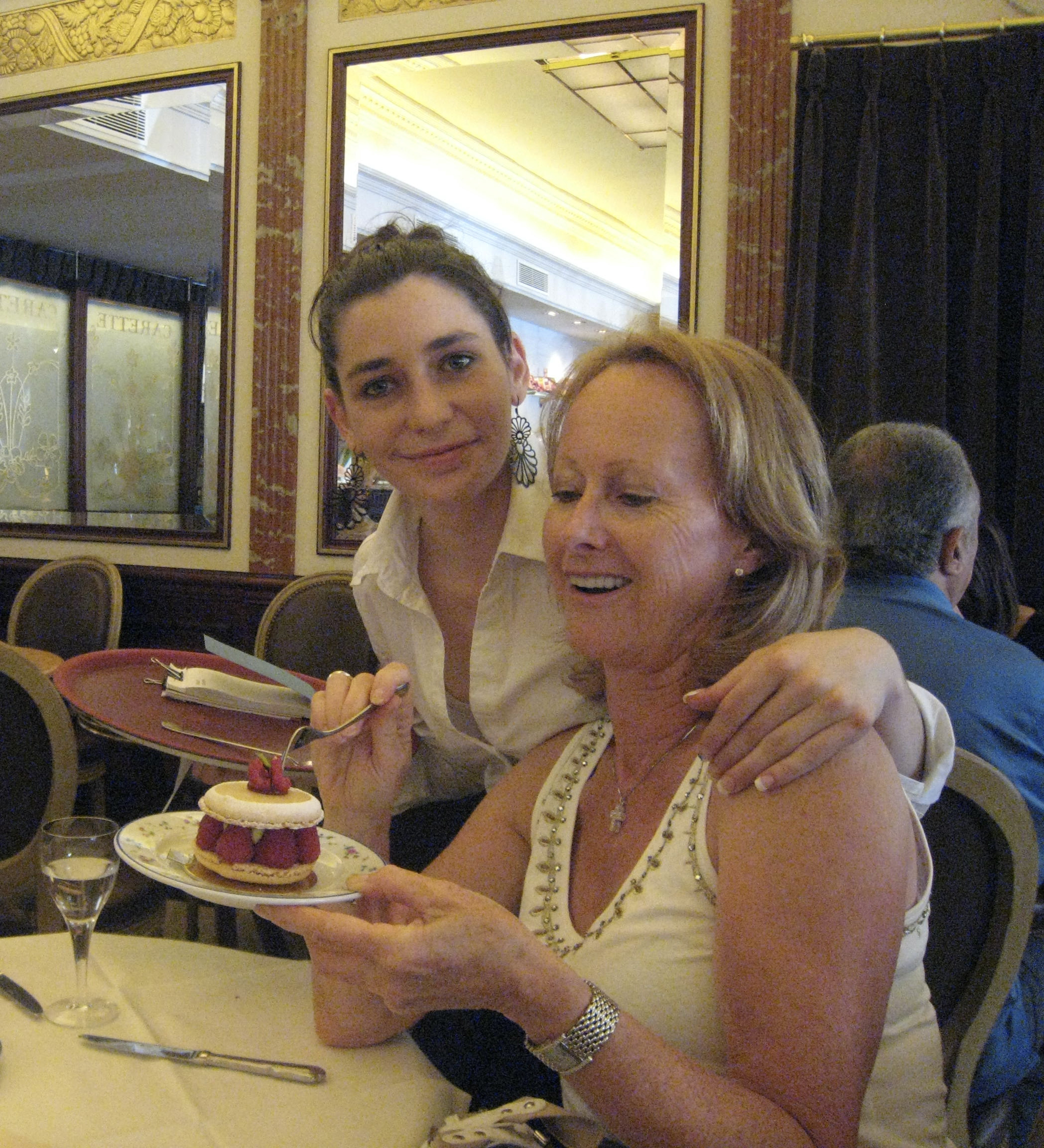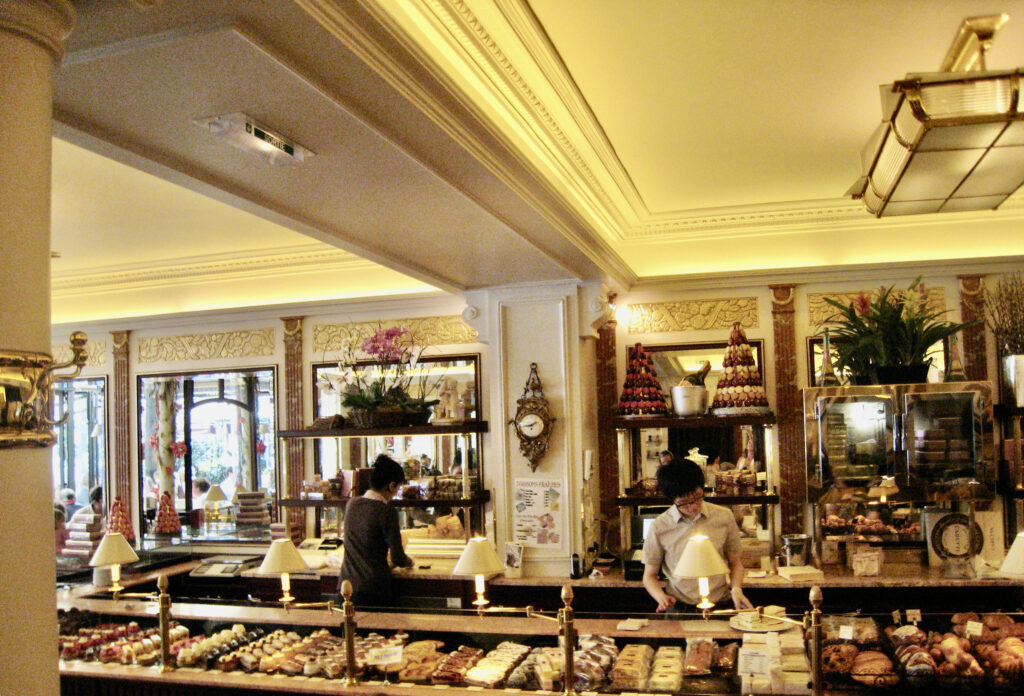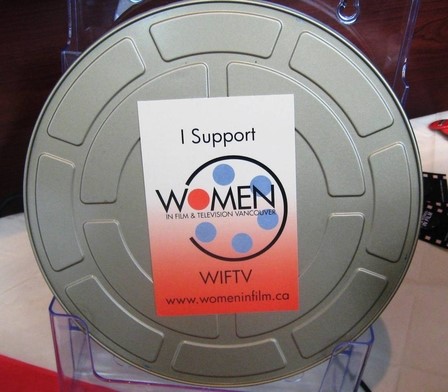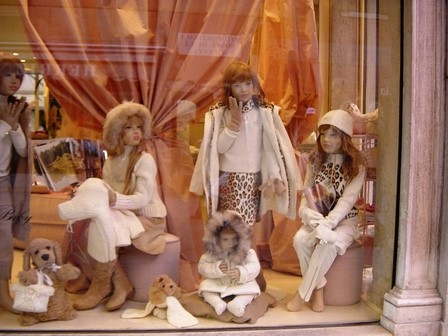In her eighties, American-born Susan Tiberghien’s demeanor is both endearing and engaging. She doesn’t just smile, she glows. Her eyes connect intently as she listens, or replies in a modulated voice, her hands often reaching for yours or holding your shoulders.
After my email, a few years ago, she had accepted to meet in a café in Geneva, Switzerland, where she lives. Her genuine interest and her writing insights had then inspired me to attend the summer International Women’s Writing Guild conference (IWWG) in Pennsylvania. A pillar of the Guild, she hasn’t missed a conference since 1990. There, she gave memoir and personal narrative workshops every day and attended open readings at night. Always sought after whether she was walking, eating, or in conversation, we had finally found time for this interview.
You have been teaching for over twenty-five years in Europe, at the IWWG conferences, and various venues in the United States. You published five books and you are writing another one. What drives you?
What drives me is my passion for writing and teaching, and finding the balance between the two. I want to share how writing can give meaning to one’s life. Writers are here to witness; it’s both a personal and political responsibility.
What is the most common misconception about the genre?
A memoir is a window into your life. It’s a slice of your life that could be part of your autobiography, but it’s not your whole life. It usually begins with a longing, a need. The deeper the need is, the deeper the story.
What is the process for writing a memoir?
You must find what your subject is going to be—it’s called the window—then you open it. The feelings that come with memories will set the creative process.
You can have many subjects in your memoir, and you can write many memoirs because you have many windows in your house.
You wrote several memoirs; did you choose the genre, or did it choose you?
The memoir genre chose me when I was attending an IWWG conference and writing a novel at the time. One day, I was happily sharing the work I was doing in Jungian analysis, and the next morning I remembered dreaming the title and the chapters of Looking for Gold, a memoir that would deepen my creativity by writing from dreams.
Precisely, In Looking for Gold: A Year in Jungian Analysis, you—as a lay student of C.G. Jung—guide us to remember a dream and show us how to follow it until we find a living image. Where does that living image take us?
Each chapter of this book is the image of a dream. I look in the dream for an image that is alive and focus on it until it takes me on its path into my deeper self—and to the story. It requires stillness of mind, so the dream that wishes to be remembered comes out. Then the narrative follows. To write a memoir, we must go first into our inner self because that’s how we find who we are, which I share in my other book, Circling to the Center.
In One Year to a Writing Life: Twelve Lessons to Deepen Every Writer’s Art and Craft, deemed a book that many writers wished they had when they started, you say that journaling is a gift, how so?
It brings together the different steps towards the writing life. One year is maybe a bit short, but we can follow the program, and we start with journaling; it’s the foundation; it’s the first step. It’s a gift to ourselves because through our journals we understand who we are, and get a deeper understanding of the world.
How does a writer transition from journaling to memoir writing?
I call my journal entries gleanings. When I observe nature on a walk, it talks to me. Think of it as the seed for a story! It might lead you to write about a memory and to expand it into a memoir.
In Side by Side: Writing Your Love Story, you share a family drama. To include sensitive truth or not, is that the question?
We had 55 years of marriage when I wrote it; it’s 58 years now. We have to speak about the happy memories because I believe that, if we live from these happy memories, we create new ones. But there are also less happy memories, so—because in writing a memoir we must be honest with ourselves—I had to include our family’s difficult memories.
I talk about it thinking of an oak leaf—always with an image from nature, a living image. On an oak leaf, there are some black spots and if you tear them off the whole leaf falls apart, but if you write about them and speak about them, I think they can lead you. It’s like the crack in a jug; it lets the light in.
Should only the truth be told?
When we write a memoir, we must decide what part goes in and what part stays out. In Side by Side some of the parts, perhaps about my parents, didn’t fit into my memoir of a long marriage. The parts that don’t fit can become the subject of another memoir.
Should a writer take a pen name?
I don’t think we need to take a pen name. When I write about somebody in my family, I show it to them first. When William Zinsser was writing Inventing the Truth he interviewed author Annie Dillard, asking her this question; that’s what she did.
Another answer is found in Mimi Schwartz‘s book Good Neighbours, Bad Times: Echoes of my Father’s German Village. She writes about going back to Germany to discover the roots of her father. In the preface, she writes that this is how she remembers what she discovered about her father’s life. She protects herself right from the beginning.
You often use quotes. Why are they good tools for writers?
Yes, I use excerpts when I teach, and quotes when I write.
I think we don’t come into the world alone. Amy Clampitt, the celebrated poet, says that we come on the shoulders of other writers. And so, I want to honor these other writers because I learn from them. They are good tools because they guide us.
Footsteps: In Love with a Frenchman is another portable workshop in which you discuss the challenges of blending cultures through marriage, and you share vignettes. Is this memoir collection a sub-genre?
It’s a mosaic. I wrote about the first 38 years of our relationship, the first 30 years taking place with moves, sometimes back and forth, from France, Belgium, Italy, and Switzerland. It’s about crossing cultures almost every year while raising five children and bringing the sixth one in from Vietnam.
So I blend the cultures into a collection of parts of our life together. It’s different pieces—photos, recipes, prose, and poetry—put into a mosaic. I think a mosaic is a wonderful image for a memoir. Again, we focus on a subject, we open a window, and the structure could be this mosaic. The process is like putting stones together to find a pattern, the pattern of our life.
Writers often feel insecure about their writing, what gave you confidence in yours?
I started—really writing—when I turned fifty; the family came first. I went to my first workshop. I was insecure in my writing, but I always wanted to write. Then in a group of writers, somebody suggested where to send our pieces, and suggested I send mine to the London Financial Times. They had a monthly review. One piece was accepted and then another. I started gaining confidence. Then they gave me the back page of their review, so, for a year, I was writing a story each month for their monthly magazine Resident Abroad. The same thing happened with Christian Science Monitor. Living in Europe, I didn’t know about it, but somebody in a writing group suggested it. Join a writing group and let people suggest the markets to you!
What is the state of memoir publishing and readership?
Memoir publishing is still a very popular genre. We thought it had maybe peaked ten years ago, but it continues to be popular. People want to know how other people are living to live more deeply themselves.
Do you read more than you write?
I read a lot. I don’t read more than I write, I don’t think; perhaps, yes; I read maybe several hours a day. And I read as a writer, with a pencil.
What’s your writing ritual?
I start my day at my desk in my small study and sit in stillness. After a silent prayer or a wordless meditation, I then write, usually a journal entry, although not every day. If I go for a walk, I look around and might go home writing about a pebble I picked. Among other pebbles, it might look ordinary, but look at it carefully, and the Alchemy of Imagination will expand the image.
What’s in front of you on your desk that inspires you?
Things that center me: photos of my children, little images from my books, a frog. I have a frog because in Looking for Gold I have a whole chapter about frogs.
Does your family read your writing?
I offer it to them. I know my husband does. From time to time they do. They haven’t all read my books.
Any other comments you wish to offer?
I cannot emphasize enough that writers need to join a group, to share their writing, to learn from others, and to give their ‘own’ advice and their ‘own’ little bits of gold. Again, find an association like IWWG—The International Writing Women’s Guild— or one in your area. For me, it has been a bridge between a deeper understanding of myself, and better writing.
Original article published in WordWorks (p. 21-25) Fall 2016




